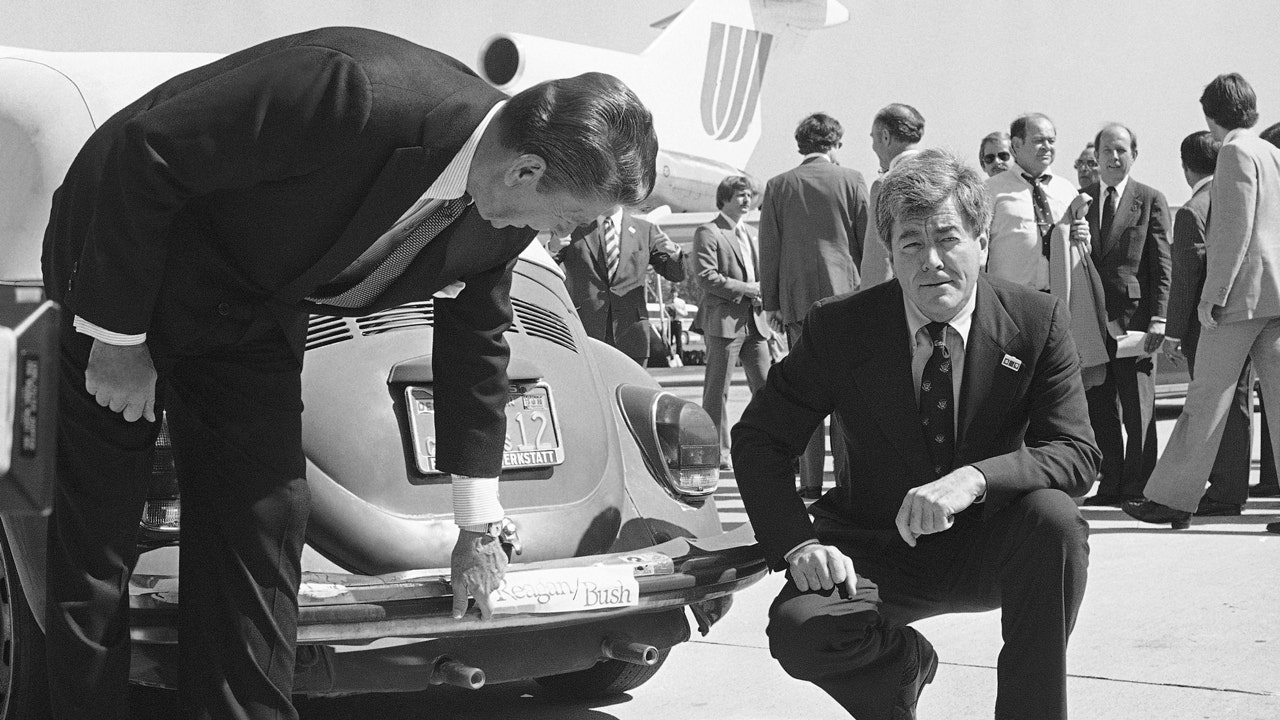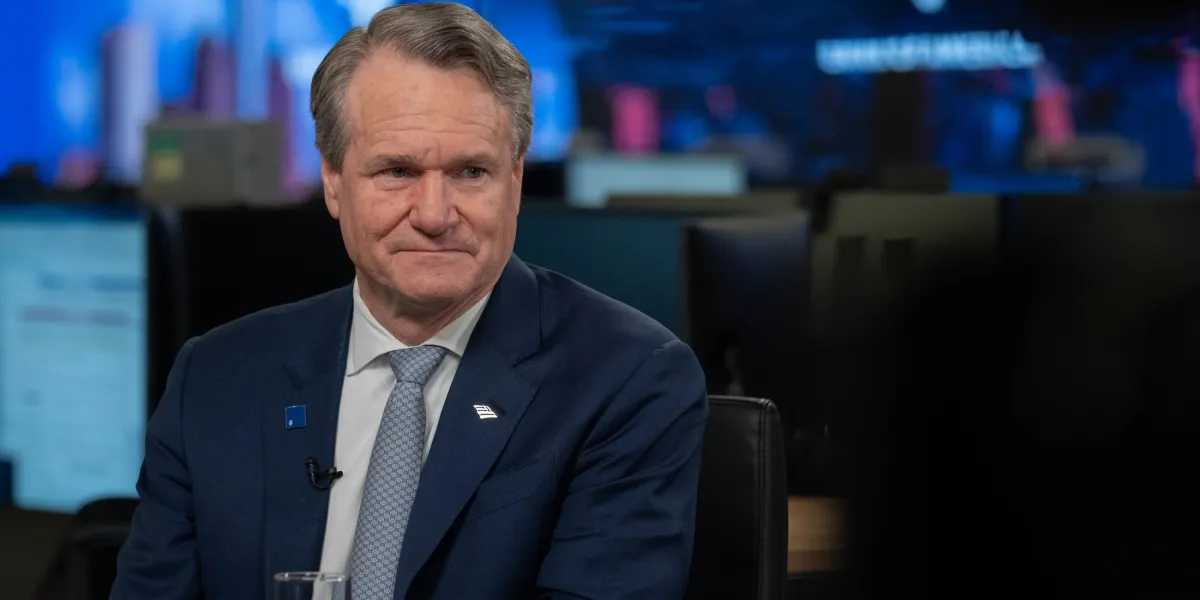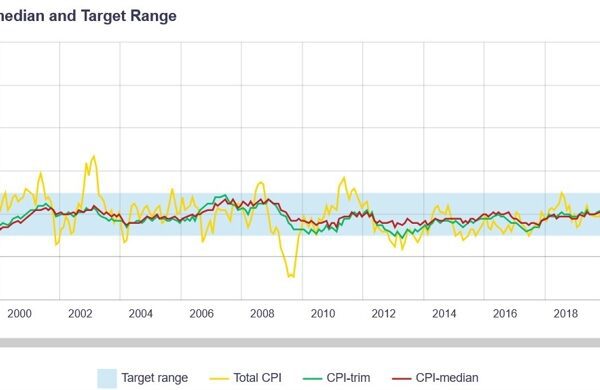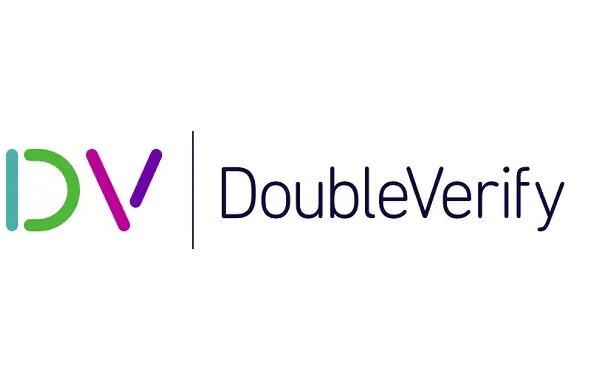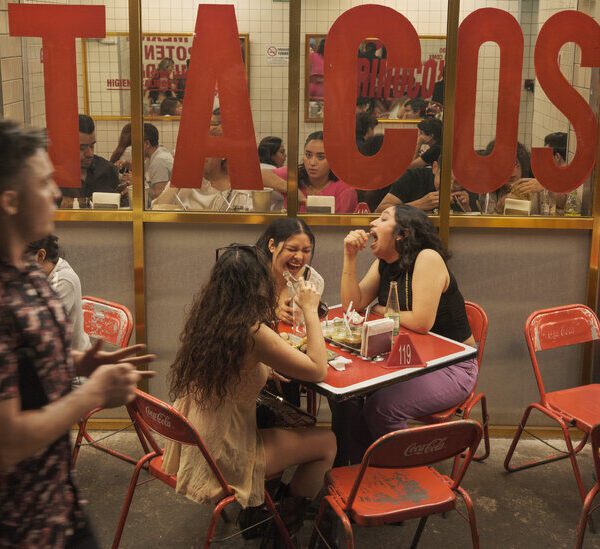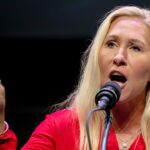Allbirds, Inc. (NASDAQ:BIRD) Q1 2024 Earnings Conference Call May 8, 2024 5:00 PM ET
Company Participants
Christine Greany – Investor Relations
Joe Vernachio – Chief Executive Officer
Ann Mitchell – Chief Financial Officer
Conference Call Participants
Janine Stichter – BTIG
Alex Straton – Morgan Stanley
Dylan Carden – William Blair
Operator
Good afternoon and thank you for standing by. At this time, I would like to welcome everyone to the Allbirds First Quarter 2024 Earnings Conference Call. All lines have been placed on mute to prevent any background noise. After the speakers’ remarks, there will be a question-and-answer session. [Operator Instructions]
Thank you. I would now like to turn the call over to Christine Greany Investor Relations. Please go ahead.
Christine Greany
Good afternoon everyone and thank you for joining us. With me on the call today are Joe Vernachio, CEO; and Ann Mitchell, CFO.
Before we start, I’d like to remind you that we will make certain statements today that are forward-looking within the meaning of the Federal Securities laws, including statements about our financial outlook, including cash flow and adjusted EBITDA expectations, 2024 guidance targets, impact and duration of external headwinds, strategic transformation plan and related planned efforts, go-to-market strategy, planned transitions to a distributor model in certain international markets, anticipated distributor model arrangements, expected profitability, cost savings targets, gross margin estimates, product plan timelines and expectations, third-party partnership strategy, marketing strategy, and other matters referenced in our earnings release issued today.
These forward-looking statements involve a number of risks and uncertainties that could cause actual results to differ materially. Please also note that these forward-looking statements reflect our opinions only as of the date of this call and we undertake no obligation to revise any statements to reflect changes that occur after this call.
Please refer to our SEC filings, including our annual report on Form 10-K for the year ended December 31, 2023, for a more detailed description of the risk factors that may affect our results.
Also during this call, we will discuss non-GAAP financial measures that adjust our GAAP results to eliminate the impact of certain items. These non-GAAP items should be used in addition to, and not as a substitute for, any GAAP results.
You will find additional information regarding these non-GAAP financial measures and a reconciliation of these non-GAAP measures to their most directly comparable GAAP measures to the extent reasonably available in today’s earnings release.
With that, I will turn the call over to Joe to begin the formal remarks.
Joe Vernachio
Hello, I’m pleased to be here today hosting my first earnings call as CEO. I’ve been in the seat for nearly 60 days and it’s been gratifying to see that our teams are coalesced around our Transformation Plan, leaning into the tasks at hand and operating with purpose.
Today’s headline is that we know what needs to be done and we’re executing with urgency. We’re pleased to share that first quarter results were in line with expectations, highlighted by our ability to achieve significant improvement in gross margin and narrow our adjusted EBITDA loss despite a 28% sales decline.
We’re delivering strong execution against the key pillars under our strategic transformation plan, which are reigniting product and brand, optimizing our U.S. distribution and store profitability, transitioning to a distributor model in international markets, and improving cost and capital efficiency.
We made substantial progress in this first year of our transformation with our initiatives across stores, distributor transitions, and cost reductions well underway and generating benefits.
We have set up 2024 as a year to regain top line momentum through improved product and storytelling and position the brand for growth in 2025. Among our strategic imperatives is the return to full price selling. After a year of promotional activity, we recognized this shift will create near-term impact to sales, but we know it’s the right decision for long-term health of the brand.
In Q1, we had just one promotion, a planned event in March. Going forward you can expect to see a similar cadence of limited promotion connected to consumer-driven moments throughout the year.
As we start to deliver a more robust offering of fresh updated product later this year, we believe the consumer will respond. We are laser-focused on creating a cohesive icon strategy that celebrates and innovates upon the core franchises that Allbirds is known for and our customers love.
It has been encouraging to see some green shoots when we have brought new. Most recently, we introduced the latest edition of our runner franchise, the Tree Runner Go. This shoe draws inspiration from one of our best-selling silhouettes with new innovations and upgrades. It’s still early, but consumer feedback has been extremely positive with our customers responding well to the style, color, and comfort. And our limited color drop to-date leaves opportunity to bring additional newness in the coming months.
Initial conversion rates have been robust in both men’s and women’s and for the two-week period subsequent to launch, it’s the highest performing product we have seen in almost two years.
Following the success of our Wool Runner 2 launch last November, this tells us that our franchise offense strategy is resonating and we have more to come for fall and holiday.
Importantly, we are moving as quickly as possible to advance the product pipeline in 2025. The work being done now will be in market mid-year. And we are thrilled with how our design direction is taking shape.
We will be designing through consumer-led insights and storms and anchoring on core colors to meet the needs of our consumers throughout their day, their week and across the all through a very focused brand plan.
With a healthy inventory position and rejuvenated product design, we are beginning to sharpen our brand position and marketing message. In the short-term we plan to keep our spend efficient, as we begin to flow and updated product offerings during the second half of the year, we expect to make incremental investments in upper funnel marketing broaden brand awareness and reach new customers.
In parallel with our efforts to reignite our product and brand, we are taking actions to create a healthy, balanced US marketplace which includes optimizing our store profitability and distribution. We are on track with the store optimization initiative that we outlined last quarter.
We closed three US stores in Q1 and plan to close 10 to 15 underperforming US locations this year. As we focus on maximizing the productivity of our remaining stores, we’re encouraged that our efforts to drive conversion including new Visual Merchandising strategies and enhanced Selling Culture are beginning to gain traction.
Wholesale is another critical channel, where we can reach both new and existing customers. In the near-term, we will continue to be conservative to ensure that we don’t over assort before we have a portfolio of resident products.
You’ve heard us say this previously, but it bears repeating. We are fortunate to have exceptional partners in the wholesale channel, including Dick’s Sporting Goods Nordstrom and Aria.
We intentionally pulled back the brand’s presence in these doors in 2023, as we wanted to ensure that we could show up in this channel with a clean book of inventory and compelling product, we’re now positioned to become better partners to them.
We’re moving forward with a long-term game plan, to strengthen these relationships and deliver a compelling product offering that will excite our customers. The decision to add Amazon, as an additional digital marketplace last year is bearing fruit and outpacing our expectations. This is a profitable extension of our reach and allows Allbirds to meet our customers where they are.
Turning now to International, we have made substantial progress in a short period of time with our transition to a distributor model. Canada and South Korea transitioned in Q3 of last year, while Japan and Australia and New Zealand are on track to transition in the next few months.
Additionally, we are pursuing opportunities to localize key regional marketplaces throughout continental Europe. We’re also entering new regions and recently announced distribution agreements in the Gulf countries and Southeast Asia.
By the end of 2024, we expect to have a much stronger expression of the Allbirds brand across key international geographies. Most importantly, we will be utilizing the knowledge, local marketplace expertise and wholesale capabilities of our distributors to drive scalable growth over the coming years.
As Andy talked about last quarter, we view 2024, as a stair-step, as we transition these markets at different times throughout the year and make the trade-off necessary to generate high-quality revenue that allows for stronger flow-through to the bottom-line, underlying all of our strategic actions we’re taking this cost discipline.
We are rebuilding the wire frame of the company; making significant progress across the cost structure, inventory and cash to lay the groundwork to achieve profitability. This year we’ll begin to realize COGS savings, resulting from our factory shifts and materials innovation while also capturing operating expense savings from our workforce reductions, international transitions and store closures more on this shortly from Annie.
Our key areas of focus within our transformation pillars, where our teams are executing this year are as follows; Returning our brand to full-price selling, creating a cohesive icon product strategy, refreshing our brand position and message, building a balanced US marketplace across digital, retail storefronts and wholesale, executing our international transitions and continuing to right-size our cost structure. As I said earlier, we have our plan. And we’re executing with urgency.
We greatly appreciate the dedication of our teams and the support of our shareholders during this transformational time and Allbirds. We look forward to keeping you updated on our progress and driving value for all our stakeholders, in the quarters and years to come.
Now I’ll turn the call over to Annie, to discuss the financials.
Ann Mitchell
Thanks Joe, and good afternoon, everyone. We’re pleased to report a fifth consecutive quarter of operational and financial progress under our strategic transformation plan. Our first quarter performance reflects strong execution by our team, with revenue meeting and adjusted EBITDA exceeding our guidance.
Notably, we delivered significant gross margin expansion and a 4% improvement in adjusted EBITDA on a 28% sales decline. Q1 revenue totaled $39 million, primarily reflecting a few key factors: lower overall demand levels and our strategic decision to return to full price selling as well as the anticipated impact from our international distributor transitions and retail store closures.
Gross margin came in at 46.9%. That reflects 680 basis points of expansion versus a year ago as we start to realize the benefits from our strategic actions. This includes initial product cost savings related to our factory shifts and materials innovation, a healthier inventory position, and a return to full price selling in our direct channels.
Looking at the remainder of the year, we expect gross margin to be in the mid-40s with some moderation in Q4 due to planned seasonal promotions. We also saw improvement in operating expenses. SG&A dollars, excluding stock-based compensation and depreciation and amortization, totaled $32 million, down 1% versus prior year.
The results can primarily be traced to lower payroll and occupancy costs as well as ongoing cost discipline. This was partially offset by costs associated with our retail store closures and distributor transition.
As planned, during the quarter, we closed 3 Allbirds stores in the US. We expect to close the next tranche of US stores in Q2 and early Q3, putting us squarely on track with our previously communicated plan for 10 to 15 closures in 2024.
In connection with the store closings, we incurred one-time cash charges of $2 million in the quarter and expect to incur additional charges this year. We expect to begin capturing incremental savings from our strategic actions around store closures and distributor transitions in the second half of the year.
Q1 marketing expense came in at $8 million. That’s down sequentially and year-over-year, in line with our plan to maintain conservative spend until we begin to flow in an expanded offering of new product in the second half of the year. Additionally, and to a lesser degree, lower Q1 spend is reflective of our international distributor transitions. We continue to expect full year marketing spend to be down versus 2023 with planned incremental investments in the US in the back half of 2024.
Moving to the balance sheet and cash flow. We are pleased to have a solid balance sheet as we progress through our strategic transformation. Inventories at the end of Q1 totaled $61 million, that’s down 45% versus a year ago and up 5% from year-end, reflecting healthy levels of and composition following our successful reset in 2023.
We closed the quarter with $102 million of cash and cash equivalents and no outstanding borrowings under our $50 million revolver. Operating cash use was $26 million in the quarter and reflects a few key factors.
First, as a reminder, our working capital needs peak in Q1, which is the lowest revenue quarter of the year. Next, we used approximately $4 million of cash to build inventory, including new products such as the Tree Runner Go as well as color updates to existing franchises.
And lastly, we deployed approximately $2 million to exit underperforming leases. For added perspective and understanding of our cash flows in 2024, I want to highlight some important nuances that have a bearing on our full year cash use.
First, when we transitioned to a new distributor, they purchased all of our inventory and assets in the region, which resulted in an initial infusion of cash. Next, we are beginning to see cost of goods benefits flow through the P&L and remain on track to achieve our savings target of $20 million to $25 million by 2025 on a volume-neutral basis versus 2022. So, we are buying inventory at a lower average cost compared to last year. Therefore, inventory will continue to be a source of cash this year.
Importantly, we continue to have the runway and financial flexibility to execute our strategic transformation plan. We finished the quarter with inventories down 45%, gross margin up 680 basis points, and over $100 million of cash. We’re reiterating our full year guidance as follows: revenue is expected to be in the range of $190 million to $210 million.
As we previously communicated, this reflects a headwind of $32 million to $37 million related to our strategic actions to close certain underperforming US stores and transition our existing international markets to a more profitable distributor model.
Taking a look at revenue by geographical markets, full year US revenue is expected to be $150 million to $165 million and includes approximately $7 million to $9 million of impact resulting from our anticipated US store closures. Full year international revenue is expected to be $40 million to $45 million and includes approximately $25 million to $28 million of impact resulting from our anticipated transitions to a distributor model in international markets.
Gross margin is expected to be in the range of 42% to 45% and reflects a few key factors. Reduced promotional intensity compared to 2023, lower inbound and outbound freight, and initial savings from our factory shift to Vietnam and material innovation. These benefits are expected to be partially offset by lower gross margins from international regions that have transitioned or are planned to transition to a distributor model in 2024. Full year adjusted EBITDA loss is expected to be in the range of $78 million to $63 million.
Turning to Q2 guidance. Second quarter revenue is expected to be in the range of $48 million to $53 million. That includes US revenue guidance of $35 million to $37 million and international revenue guidance of $13 million to $16 million. Adjusted EBITDA loss is expected to be the range of $20 million to $17 million. We’re pleased with our solid start to the year and proud of the way our teams are executing as we continue on our path to transform the business and deliver long-term shareholder value.
With that, I’ll ask the operator to open the call to questions.
Question-and-Answer Session
Operator
Thank you. We will now begin our question-and-answer session. [Operator Instructions] Your first question comes from the line of Janine Stichter from BTIG. Please go ahead.
Janine Stichter
Hi everyone and good afternoon. I wanted to ask first off about the Warner too immature and Argo. It sounds like you’ve had to kind of early successful relaunches of prior product. So any learnings from that? And maybe help us contextualize how important those were in terms of overall value? And then anything you learned from those two launches that you’ll be carrying forward into your strategy? Thank you.
Joe Vernachio
Yes, hi. Thanks for turning the call and your question. The tree runner go represents a really important step in our Eikon strategy. It’s an example of how we’re leaning into the runner franchise and just designed a different version of the shoe for the slightly different use occasion on not only is it attracting new customers. And but it’s also really important for us to prove to ourselves that we can add to these franchises and lift the entire franchise and that we have not seen any cannibalization within the franchise for across the line. So this is the very early sign that our long term Eikon strategy is the right one and is one that will lift our entire business. Now, we just need to bring through all the rest of the product that we have in our pipeline.
Janine Stichter
Great. And then as you think about marketing support for some of that newer product in the back half of the year? Just wanted to clarify I think you have talked about building expense in the US? I mean should we still expect it to be down year over year just to a lesser degree? Or would you expect it to start increasing on a year-over-year basis?
Ann Mitchell
Hi Janine. When thinking about marketing spend and timing, yes, we do anticipate overall marketing spend to be down and easy each quarter and for the full year will happen in the back half of the year as we’ll start to get some of the savings from the next set of international transitions. But that will be offset by the incremental investment that we plan to make really putting that towards upper funnel, driving awareness especially as we bring some of these new products to market later this year and into 2025.
Janine Stichter
That’s helpful color. Thanks very much and best of luck.
Ann Mitchell
Thank you.
Operator
Next question comes from the line of Alex Straton from Morgan Stanley. Please go ahead.
Alex Straton
Great. Thanks for taking my questions. I’ve got one for Joe and one for Annie. So Joe welcome. I know you’re newer to the CEO role. Maybe talk to us about what KPI.’s you’re monitoring to measure success at the organization right now. And as you execute this turnaround? And then Annie maybe on the full year guidance, it looks like it embeds an improvement in the revenue trend from the first quarter level. Can you just talk to us about what gives you confidence there and whether you believe the first quarter was more or less or maybe the same confidence in your ability or Allbirds to return to top line growth next year? Thanks a lot.
Joe Vernachio
Yes I’ll take that first part. Thank you. Allbirds DNA is to be a full-price brand. And I would say one of our number one KPI eyes is our full-price selling and starting in January coming off of liquidating our inventory and getting our inventory healthy last year. I’m really happy with the results that we’ve seen returning back to full price and bringing back our customer as a full-price customer and especially against some of these new products like we just saw with the tree runner go. I would say that that’s one of our key indicators that were watching closely.
Ann Mitchell
Great. And to your question about sort of the cadence of quarterly sales year over year, but we anticipate that Q2 and Q3 will be relatively similar to Q1 in terms of year-over-year growth. As we get into Q4, we do expect an uptick and there’s a few reasons — a few puts and takes across each quarter between now and the end of the year. We will continue to close doors largely in Q2 and in early Q3. And then in midyear we anticipate transitioning the additional international geographies. Both of those will be headwinds on the topline. But as we get farther into the year is when we will be bringing some of those additional products to market. And then again, putting the marketing dollars behind them to support those launches. It’s a couple of things dampening the top line and then to be offset by our overall commitment to strategy around product and brand.
Alex Straton
Great. Thanks a lot.
Operator
[Operator Instructions] Thank you. The next question comes from the line of Dylan Carden from William Blair. Please go ahead.
Dylan Carden
Thanks. I guess to some modeling, thanks for all the color on the cash flow statement. Did you in that mention CapEx for the year?
Ann Mitchell
I did not mention CapEx. And the main reason why I did not is that it’s going to be extremely minimal. Since we’ve stopped opening sale doors, that was really the place where we used to spend CapEx, and so it will be almost immaterial for the rest of the year.
Dylan Carden
If you run rate first quarter, is that the right way to kind of think about it? Or would it be even lower than that?
Ann Mitchell
If I were to look at Q1 in terms of OpEx — excuse me, excuse me, CapEx — excuse me. I think that’s fair to use that as a general run rate, yes.
Dylan Carden
Great. And do you anticipate — you kind of gave the store closures for the year. Do you anticipate at the end of this to have any international owned stores once you kind of reposition that business?
Ann Mitchell
Yes. If we look at our overall retail base internationally, we’ll continue to operate stores, specifically in the U.K., and we will continue to look at our overall European marketplace and evaluate the potential for stores in conjunction with our shift to a distributor model in some portions of the EU.
Dylan Carden
Got it. And then last one, OpEx this time. Kind of taking the guidance, $15 million to $20 million steady-state revenue, kind of leaves you at 90% of revenue, $190 million or so in operating expense. I guess, as you think of the model, those are probably some moving pieces there. But maybe as you engage more of a wholesale model, what’s the right level dollar amount potentially for the sort of business that you envision as far as sort of how you’re going to drive leverage? I don’t know if you’re still sort of providing that 2026 or so positive margin target. But yes, just trying to think about sort of your cost structure as you’ve kind of radically changed the business here a little bit just from a distribution capacity.
Ann Mitchell
Sure. We feel good about the work that we’ve done to right size our overall cost structure. You mentioned there’s a little bit of timing impact there and there is. For the full year of 2024, we expect SG&A dollars to be down versus prior year. And the expected decline will come from the full year benefit of previous workforce reductions and partial year savings related to 2024 store closures and effectively zero OpEx in the international regions that have transitioned to a distributor model. All of that will then have the full year impact as we go into 2025. We — go ahead.
Dylan Carden
No, I don’t want to ruin your flow. This is great.
Ann Mitchell
And this is a quick reminder. This year, in the second half of the year, we will have more OpEx savings than we do in the first half due to the timing of those store closures and the international transitions. If I kind of state simply when I think about our OpEx, we’ve strengthened our operating model and lowered our cost structure, positioning the business to grow and achieve profitability at a smaller scale.
Dylan Carden
Got it. And last one for me, if I kind of map out the guide, you gave some sort of cadence there a little bit, but it looks like kind of a fourth quarter inflection in the United States business. And I guess does that just follow from product introduction, marketing spend, kind of — I don’t know what you want to say, sort of a reintroduction around holiday? Is that kind of what you’re thinking as far as sort of what might drive that low double-digit declines to maybe something closer to flat? I know comparison is on a strike basis, but —
Joe Vernachio
Yes, I think you did a really good job of listing out almost exactly what the back half of the year looks like for us. It’s product introductions. It’s a little bit of an inflection in our marketing spend and just gaining some base momentum in our business.
Dylan Carden
Excellent. Thanks a lot for all the detail.
Ann Mitchell
Thanks, Dylan.
Operator
As there are no further questions at the queue at this time, this concludes our Q&A session. I would like to turn the call over back to Joe Vernachio, CEO, for brief closing remarks.
Joe Vernachio
Well, thank you, everyone for joining, and we look forward to seeing you next quarter.
Operator
Ladies and gentlemen, this concludes today’s conference call. Thank you for your participation. You may now disconnect.

